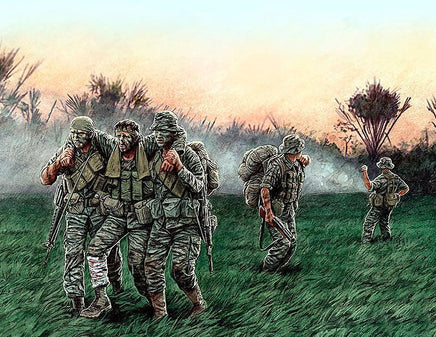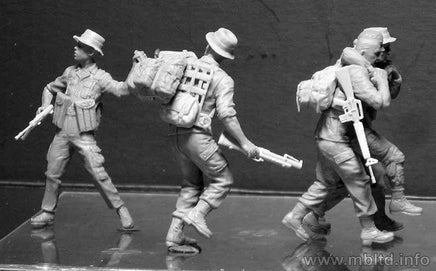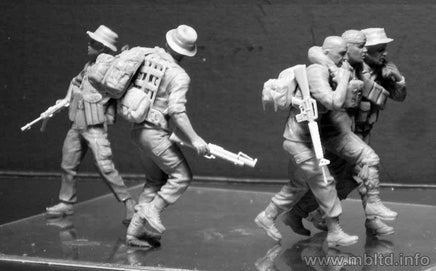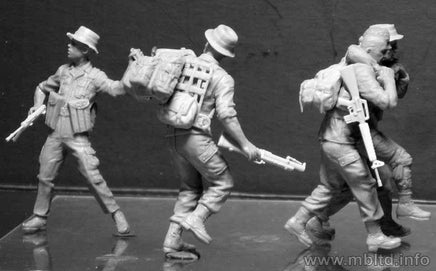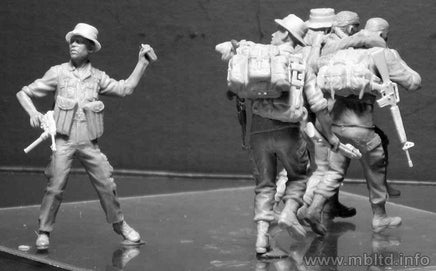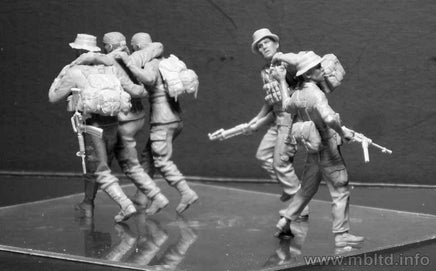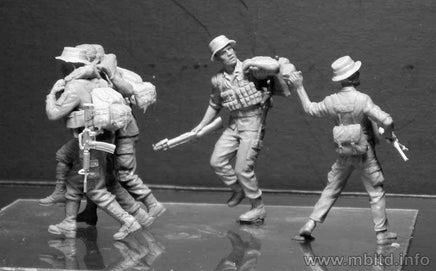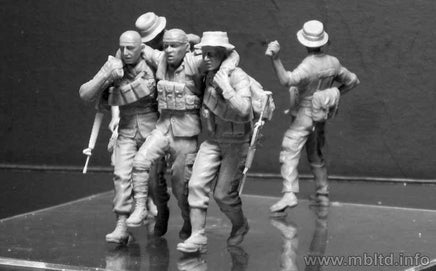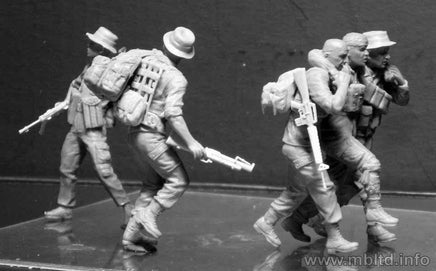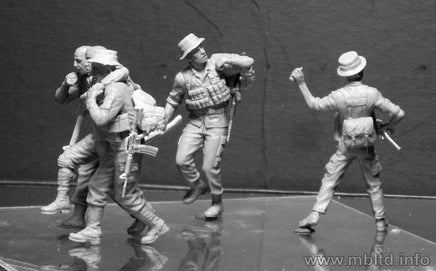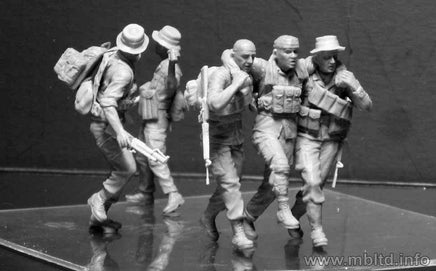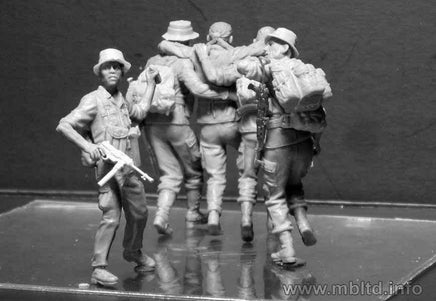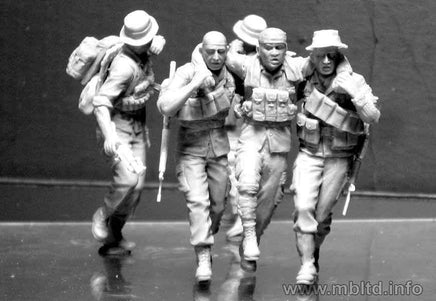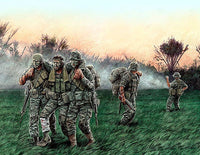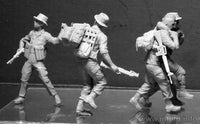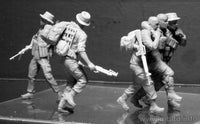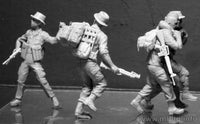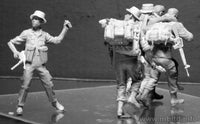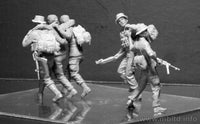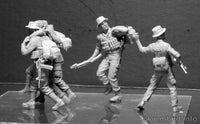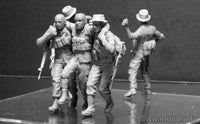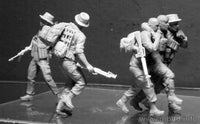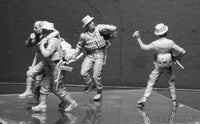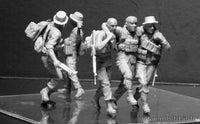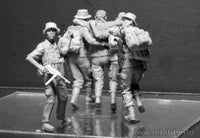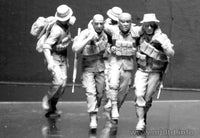The Vietnam War, also known as the Second Indochina War (called the Vietnam War), was fought from 1964 (events in the Gulf of Tonkin) or from 1965 (the landing of the first, larger American forces in Vietnam) until 1975, i.e., until the occupation of South Vietnam through North Vietnam. The opponents in this war were, on the one hand, the United States, supporting its ally, i.e. South Vietnam and North Vietnam, along with the communist Vietcong guerrillas, were supported (in one way or another) by the PRC and the USSR. Assume that at one time, at the maximum, North Vietnam involved about 690,000 soldiers in the conflict in Vietcong—about 200,000 people—while the United States reached the peak of its involvement in 1969, when Vietnam had about 540,000 American soldiers. The immediate cause of the conflict was the claims and ambitions of North Vietnam to take power and control over its southern neighbor, which the United States could not and did not want to agree to. The Vietnam War was an excellent example of a guerrilla war in which the highly advanced technological armed forces of the USA suffered considerable losses and finally lost in the clash with the armed forces, which was incomparably worse. It is worth adding that, from a purely military point of view, the US troops were able to inflict huge losses on their opponent (e.g., the Tet offensive of 1968), but on the so-called The "home front," they completely lost it. It is often assumed that the Vietnam War was lost by the US primarily because of tensions in American society, its reluctance to do so, and the inability of the US establishment to provide a convincing justification for it. The Vietnam War finally ended in 1975 with a complete defeat of the United States, which was forced to withdraw from Vietnam and come to terms with the unification of Vietnam by the communist government in Hanoi. The prestige of this country in the international arena has also decreased significantly for some time.
The Vietnam War (1964 / 1965-1975) is a conflict fought between the governments of South Vietnam, supported very intensively (economically, politically, and militarily) by the United States, and North Vietnam, supported by the USSR and the PRC. Due to the very difficult terrain in Vietnam (jungle, numerous watercourses and canals, hills), the basic type of armed forces quickly turned out to be infantry, especially light infantry with high mobility and aeromobility. The primary shooting weapon of the American infantryman in Vietnam was initially the 7.62mm M14 semi-automatic rifle. However, already in 1964, the 5.56 mm M16 automatic carbine (initially known as the XM16E1) was experimentally introduced, which from 1966 began to be the basic weapon of the US infantry, and from 1967, improved examples of the M16 A1 were delivered. The weapon, especially in the initial production batches, was not fully developed, and, besides, it required very careful cleaning and was highly susceptible to dirt and jammed easily. In addition, 40-mm M79 grenade launchers were used. The M72 and M72A1 LAW missiles were rarely used. On the other hand, the Browning M2 heavy machine guns and the M60 heavy machine guns were used on a large scale. During the Vietnam War, the platoon turned out to be the basic tactical unit of the US infantry. Its structure in line, light, and airborne infantry was almost identical. The platoon consisted of a staff headed by a lieutenant or second lieutenant and a sub-unit assigned with an artillery observer, a paramedic, and a radio operator. His main strength was three shooting teams of 10 soldiers each. In addition, there was a heavy weapons team with two M60 Rkm-guns and two M67 recoilless guns. It is worth adding that the above-mentioned organization was a full-time one, and in the realities of the war, the full-time job often differed from the realities of the battlefield.

